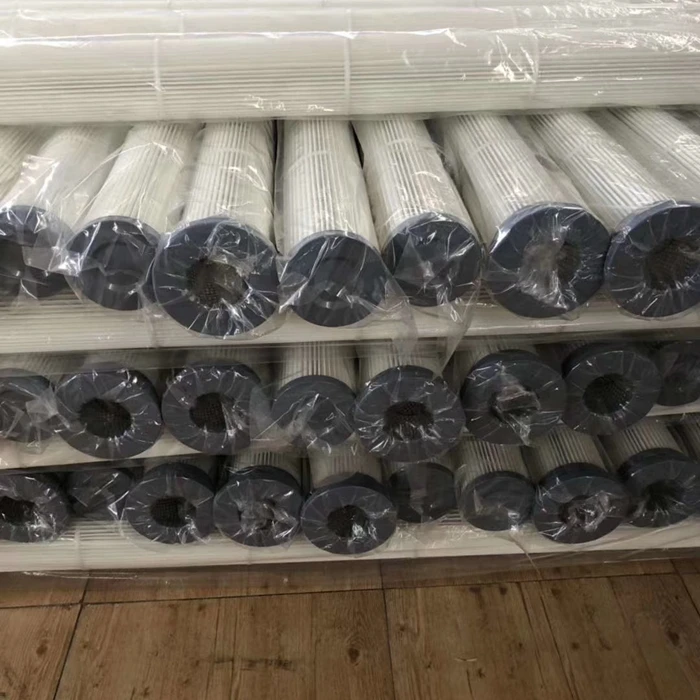Nov . 12, 2024 21:30 Back to list
low emissivity glass coating
Understanding Low Emissivity Glass Coating Enhancing Energy Efficiency in Modern Architecture
In today’s world, as energy conservation becomes increasingly vital, innovations in building materials play a crucial role in reducing energy consumption and enhancing comfort. One significant advancement in this domain is low emissivity (low-e) glass coating. This technology offers numerous benefits, particularly in residential and commercial buildings, by improving energy efficiency and indoor climate comfort.
What is Low Emissivity Glass?
Low emissivity glass is a type of energy-efficient glass that has been treated with a thin, transparent coating designed to minimize the amount of infrared and ultraviolet (UV) light that can pass through it without compromising the amount of visible light transmitted. This coating significantly reduces the glass's emissivity—its ability to radiate heat. Generally, the emissivity of ordinary glass is around 0.84, while low-e glass can be reduced to 0.20 or even lower, depending on the coating technology used.
How Does Low-E Glass Work?
The low-e coating works by reflecting heat back into the room during the winter while letting in sunlight. Conversely, during the summer, it reflects the sun's heat away, helping to keep interior spaces cooler. This smart functionality is achieved through the application of metallic oxide coatings on the glass surface, which effectively manage heat transfer. There are two main types of low-e coatings hard coat and soft coat. Hard coat low-e glass is created through a pyrolytic process, making it more durable and suitable for outdoor applications. Soft coat low-e glass, on the other hand, is produced through a vacuum deposition process and offers superior performance but requires protection from the elements, often necessitating a sealed unit.
Benefits of Low Emissivity Glass Coating
1. Energy Efficiency The primary advantage of low-e glass is its ability to reduce energy bills. By minimizing heat loss in the winter and reducing heat gain in the summer, buildings can maintain a more stable indoor temperature, leading to decreased reliance on heating and cooling systems.
low emissivity glass coating

2. Comfort Enhancement Low-e glass significantly enhances the comfort of indoor spaces. With better temperature regulation, occupants experience fewer drafts and hot spots, resulting in a more pleasant living and working environment.
3. UV Protection Low-e coatings effectively block a significant portion of harmful UV rays. This characteristic helps protect furniture, artwork, and carpets from fading, thus preserving their appearance and lifespan.
4. Environmentally Friendly By reducing energy consumption, low-e glass helps decrease greenhouse gas emissions associated with heating and cooling buildings. This not only contributes to environmental sustainability but also aligns with global efforts to combat climate change.
5. Condensation Control Low-e glass can help reduce condensation on windows in colder climates. This is particularly beneficial because excess condensation can lead to mold growth and window damage over time.
Applications in Architecture
Low-e glass has become a critical component in modern architecture, featuring prominently in both residential and commercial buildings. Architects and builders increasingly prioritize energy-efficient materials, and low-e glass fits seamlessly into this vision, allowing for large windows and glass facades without significantly impacting energy performance. This technology supports the design of sustainable buildings, which are increasingly mandated by regulatory standards.
Conclusion
In conclusion, low emissivity glass coating is a transformative technology that is reshaping the building industry. By combining aesthetic appeal with energy efficiency, it not only enhances the overall comfort and sustainability of buildings but also contributes to significant cost savings over time. As the focus on energy conservation continues to grow, low-e glass is sure to become an indispensable element of modern architecture, paving the way for a greener and more sustainable future. Adopting such technologies is not just beneficial for individual building occupants; it is a necessary step towards collective action in addressing global energy challenges.
-
Safety and Style with Premium Laminated Glass Solutions
NewsJun.24,2025
-
Reinvents Security with Premium Wired Glass
NewsJun.24,2025
-
Premium Float Glass Line for Modern Architecture
NewsJun.24,2025
-
Low Emissivity Glass for Energy-Efficient Architecture
NewsJun.24,2025
-
High-Performance Insulated Glass Solutions for Modern Architecture
NewsJun.24,2025
-
Elevates Interior Style with Premium Silver Mirror
NewsJun.24,2025
Related PRODUCTS














